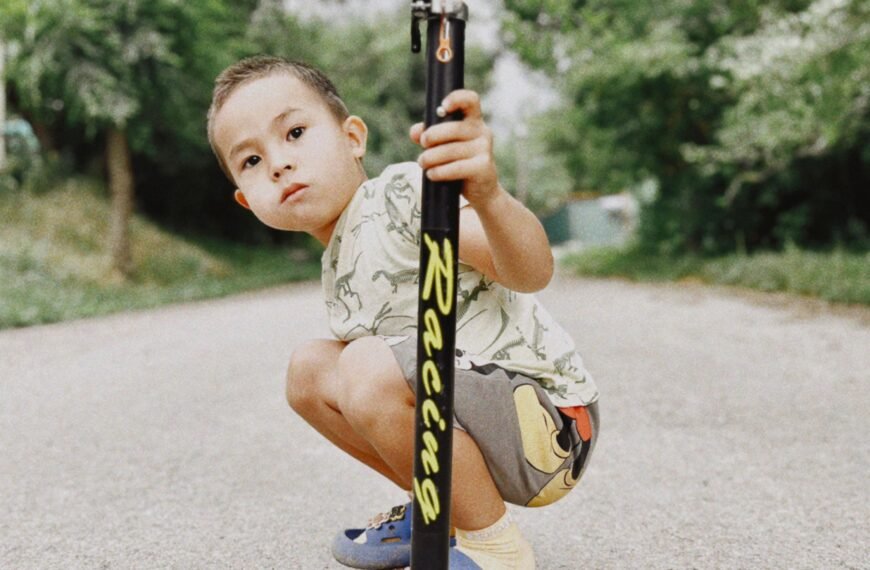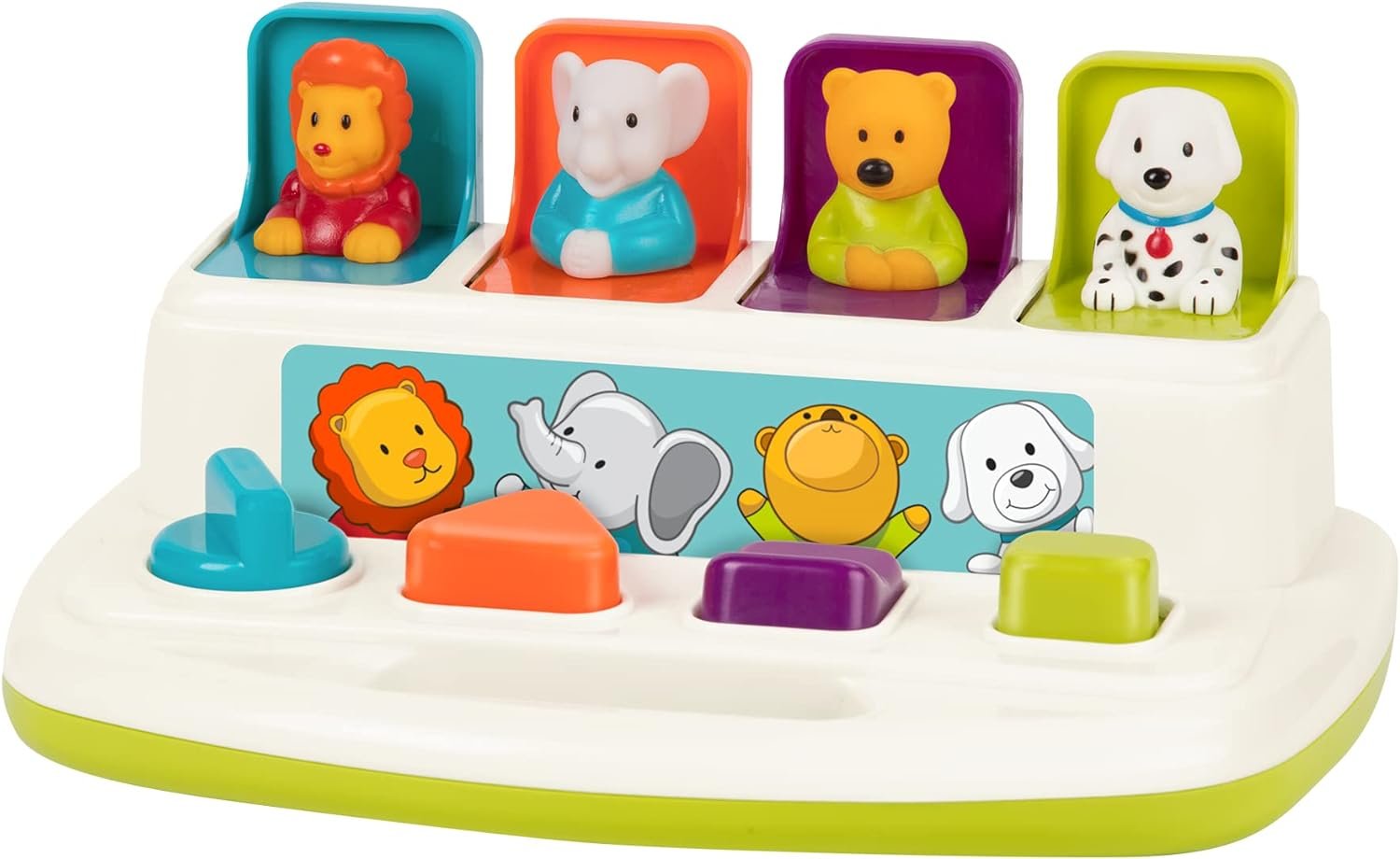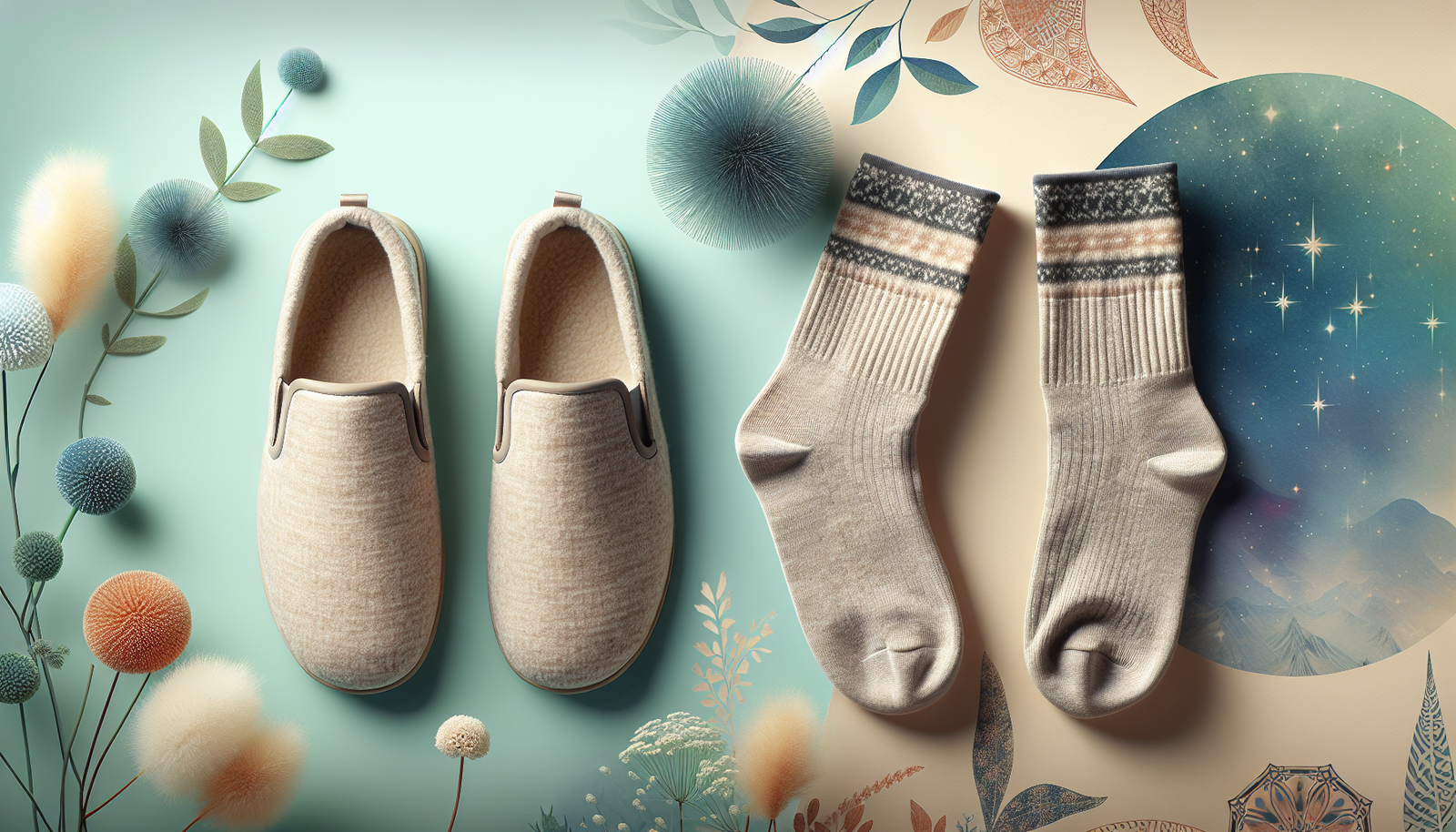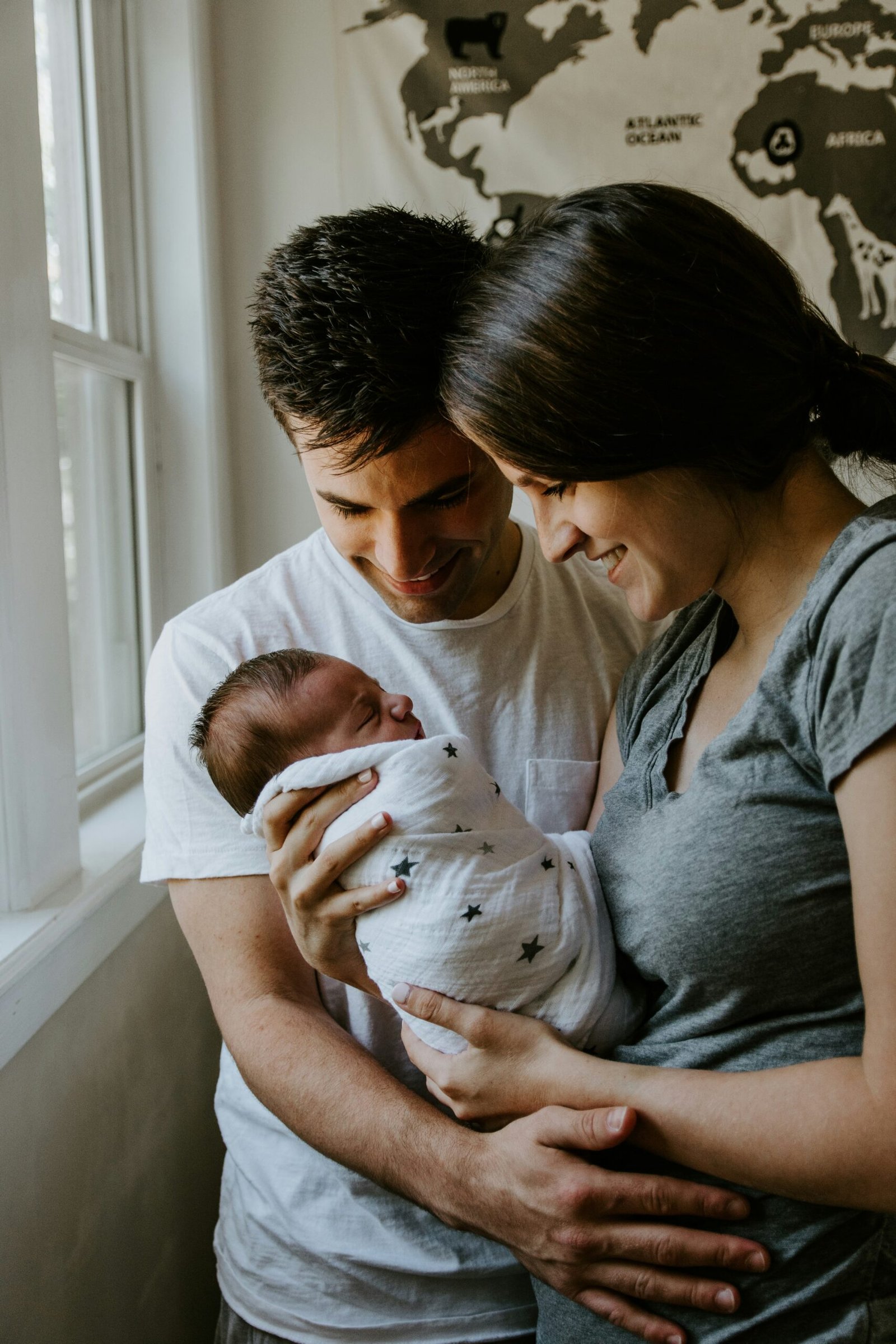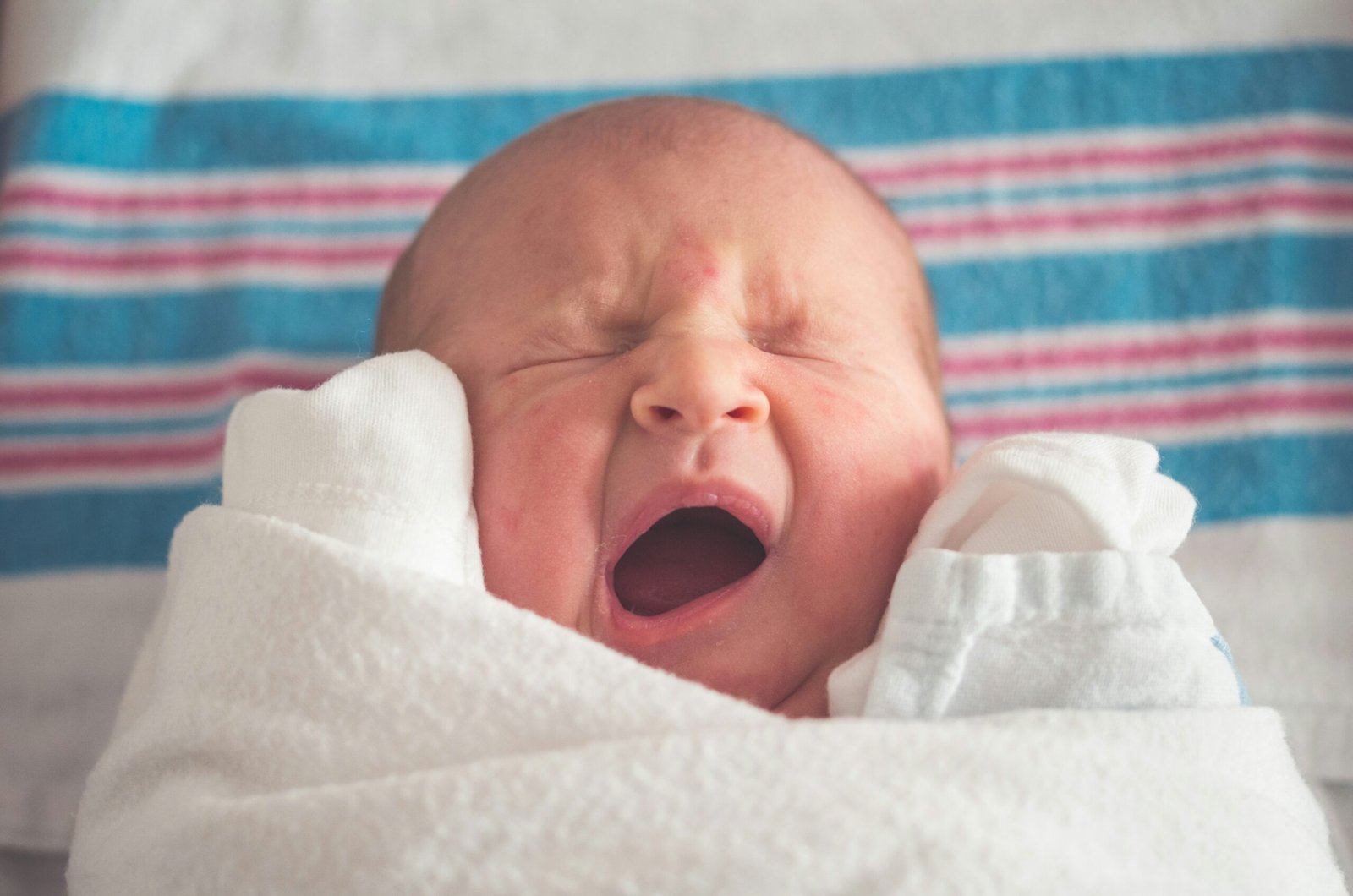In this article, you will discover the ultimate guide on how to clean baby toys safely. As a parent or caregiver, ensuring that your little one’s toys are germ-free is essential for their health and well-being. From plush toys to bath toys and everything in between, we will share practical and effective cleaning methods that will keep your baby’s toys sparkling clean and free from harmful bacteria. Say goodbye to worries and hello to a hygienic playtime for your precious little one!

Check Baby Toys Guide & Review
Choosing Safe Cleaning Methods
When it comes to cleaning baby toys, safety should always be a top priority. By choosing the right cleaning methods, you can ensure that your little one’s toys are kept clean and free from harmful bacteria. Here are some important factors to consider when selecting a cleaning method for your baby’s toys.
Consider the Toy Material
First and foremost, it’s essential to consider the material of the toy before determining the cleaning method. Plastic toys, wood toys, fabric toys, plush toys, and teething toys all require different approaches to cleaning. Understanding the material will help you avoid using any harsh chemicals or methods that could potentially damage the toy.
Read the Manufacturer’s Instructions
Before embarking on any cleaning regime, it’s vital to carefully read and follow the manufacturer’s instructions. These instructions will provide you with the specific cleaning guidelines and recommendations for the toy. Following the instructions will help prevent any accidental damage and ensure that the toy remains in great condition.
Avoid Harsh Chemicals
When it comes to cleaning baby toys, it’s best to steer clear of harsh chemicals. Babies are particularly susceptible to the effects of chemical exposure, and these cleaning agents can be harmful if ingested or if they come into contact with sensitive skin. Stick to milder, non-toxic cleaning solutions that are safe for your little one.
Use Natural Cleaning Solutions
Opting for natural cleaning solutions is a great way to ensure the safety of your baby’s toys while still effectively removing dirt and bacteria. Vinegar, baking soda, and lemon juice are excellent natural cleaning agents that can be used to clean various types of toys. These solutions are not only safe but also environmentally friendly.
Cleaning Plastic Toys
Plastic toys are a common sight in every child’s toy collection. These toys can easily accumulate dirt and germs, making regular cleaning essential. To effectively clean plastic toys, follow these steps:
Inspect the Toy for Damage
Before cleaning, carefully inspect the toy for any signs of damage. Look for loose parts, cracks, or sharp edges that could potentially harm your child. If you find any damage, it’s best to either repair or replace the toy.
Remove Batteries or Electronics
If the plastic toy contains batteries or electronic components, it’s important to remove them before cleaning. Submerging toys with electronic parts in water or exposing them to excess moisture can cause damage. Simply detach the batteries or electronics according to the manufacturer’s instructions.
Wash with Soap and Water
For most plastic toys, a simple washing with mild soap and water is sufficient to remove dirt and grime. Fill a basin with warm water and add a small amount of baby-safe soap. Gently scrub the toy using a soft cloth or sponge. Rinse the toy thoroughly with clean water to remove any soap residue.
Disinfect with a Solution
To further ensure the cleanliness of plastic toys, it’s recommended to disinfect them regularly. You can create a homemade disinfectant solution by mixing equal parts water and white vinegar. Dip a clean cloth into the solution and wipe down the toy, paying extra attention to any grooves or hard-to-reach areas. Allow the toy to air dry completely before giving it back to your baby.
Cleaning Wood Toys
Wooden toys have a timeless appeal and are often cherished heirlooms. To keep these toys clean and in good condition, follow these steps:
Check for Splinters or Wear
Before cleaning, carefully inspect wooden toys for any signs of wear or splinters. Run your hand along the toy’s surface to check for rough areas. If you notice any splinters or rough edges, use sandpaper to gently smooth them out.
Dust or Vacuum the Toy
To remove dust and loose dirt from wood toys, use a soft brush attachment on your vacuum cleaner or a clean, dry cloth to wipe them down. Regular dusting will help prevent buildup and keep the toys looking their best.
Wipe with Mild Soap and Water
For routine cleaning, mix a small amount of mild dish soap with warm water. Dampen a cloth or sponge with the soapy solution, then gently wipe down the wooden toy. Make sure to avoid soaking the toy or using excessive amounts of water, as this can cause warping or damage.
Apply a Non-Toxic Sealant
Wooden toys can benefit from the application of a non-toxic sealant to protect the wood and enhance its longevity. Be sure to choose a sealant that is specifically designed for use on children’s toys. Follow the manufacturer’s instructions for application, and allow the toy to dry thoroughly before allowing your child to play with it again.
Cleaning Fabric Toys
Fabric toys often become a source of comfort for babies and toddlers. To preserve their softness and cleanliness, follow these steps when cleaning fabric toys:
Check for Washing Instructions
Before cleaning fabric toys, check the care label or any washing instructions provided by the manufacturer. These instructions will guide you on the appropriate cleaning method and ensure that you don’t inadvertently damage the toy.
Machine Wash or Hand Wash
If the fabric toy is machine washable, place it in a mesh laundry bag to protect it during the wash cycle. Use a gentle detergent and set the machine to a delicate or gentle cycle. For hand-washable fabric toys, fill a basin with lukewarm water and a small amount of gentle detergent. Gently agitate the toy in the soapy water, then rinse thoroughly.
Air Dry Thoroughly
After washing, it’s important to allow fabric toys to air dry completely. Avoid exposing them to direct sunlight or using a tumble dryer, as high heat can damage the fabric. Instead, place the toys in a well-ventilated area and allow them to dry naturally.
Avoid Using Bleach
While bleach is an effective disinfectant, it can be harsh on fabric toys and may cause discoloration or damage. It’s best to avoid using bleach unless explicitly stated in the washing instructions. Instead, opt for milder disinfecting methods, such as using vinegar or natural disinfectant sprays.

Cleaning Plush Toys
Plush toys are often a child’s best friend and constant companion. These cuddly toys require special care when cleaning to maintain their softness and prevent the growth of bacteria. Here’s how to clean plush toys effectively:
Inspect for Tears or Loose Parts
Before cleaning, carefully check the plush toy for any tears, loose threads, or detachable parts. Repair any minor tears using a needle and thread, and remove any loose threads or parts that may pose a choking hazard.
Spot Clean Stains
For small stains or spills, spot cleaning is usually sufficient. Dip a clean cloth into a mixture of warm water and mild detergent, then gently blot the stained area. Avoid rubbing vigorously, as this can damage the fabric. Once the stain is removed, wipe the area with a clean, damp cloth to remove any soapy residue.
Machine Wash if Possible
If the plush toy is machine washable, follow the manufacturer’s instructions and place it in a pillowcase or mesh laundry bag before washing. Use a gentle cycle and mild detergent to avoid damaging the toy. It’s best to wash plush toys with similar colors to prevent color bleeding.
Dry Properly to Prevent Mold
Proper drying is crucial to prevent the growth of mold and mildew on plush toys. Squeeze out any excess water gently, then reshape the toy to its original form. Leave the toy to air dry completely in a well-ventilated area, away from direct heat sources. For larger plush toys, you may need to periodically rotate them to ensure thorough drying.
Cleaning Teething Toys
Teething toys provide relief for sore gums and help babies through the challenging teething phase. To ensure these toys remain clean and safe for your little one, follow these cleaning tips:
Check for Dishwasher Safety
Not all teething toys are dishwasher safe, so it’s essential to check the manufacturer’s instructions. Some teething toys may have electronic components or delicate materials that cannot withstand the heat and agitation of a dishwasher cycle.
Hand Wash with Soap and Water
For non-dishwasher safe teething toys, hand washing is the best option. Fill a clean basin with warm water and a small amount of baby-safe soap. Submerge the teething toy and use a soft brush or cloth to gently scrub away any dirt or saliva residue. Rinse thoroughly with clean water.
Sanitize with Boiling Water
To ensure thorough sanitization, you can boil water and submerge the teething toy for a few minutes. Boiling water effectively kills germs and bacteria. However, it’s crucial to check if the teething toy can withstand high temperatures without being damaged.
Avoid Chemical-based Cleaners
When cleaning teething toys, it’s important to avoid using chemical-based cleaners. Babies have a tendency to put toys in their mouths, and any traces of chemical residue can be harmful if ingested. Stick to natural cleaning methods to ensure the safety of your little one.

Disinfecting Toys during Illness
During periods of illness, it becomes even more important to maintain a clean and germ-free environment for your child. Follow these steps to disinfect toys when your little one is unwell:
Clean Toys Regularly
Regular cleaning of toys is always important, but it becomes especially crucial during illness. Germs and bacteria can linger on toys and continue to spread the illness if not properly cleaned. Make sure to clean toys frequently, especially those that your child has had direct contact with.
Use Hot Water and Soap
Washing toys with hot water and soap is an effective way to eliminate germs and bacteria. Fill a basin with hot water and add a small amount of baby-safe soap. Submerge the toys and use a soft brush or cloth to scrub away any dirt or residue. Rinse thoroughly to remove any soap residue.
Apply Disinfectant Solution
To ensure thorough disinfection, apply a solution of equal parts water and white vinegar or a diluted bleach solution. Use a clean cloth or sponge to wipe down the toys, paying extra attention to any hard-to-reach areas. Allow the toys to air dry completely before giving them back to your child.
Pay Special Attention to Shared Toys
If your child has been sharing toys with others, it’s crucial to focus on disinfecting those toys. Shared toys are more likely to harbor germs and can contribute to the spread of illness. Follow the same cleaning and disinfection steps mentioned earlier, ensuring that all surfaces of the toy are thoroughly cleaned.
Keeping Toys Clean on the Go
As a parent, you’re constantly on the go, and your child’s toys often accompany you. To keep toys clean and germ-free while out and about, consider the following tips:
Pack Wipes or Sanitizer
Keeping antibacterial wipes or hand sanitizer in your diaper bag or purse is a convenient way to quickly clean toys on the go. These sanitizing products are especially useful when your child drops a toy on the ground or shares toys with others during playdates.
Use Washable Toy Covers
Consider using washable toy covers for smaller toys that your child frequently brings along. These covers provide an additional layer of protection, preventing dirt and germs from directly coming into contact with the toy. Simply remove and wash the cover as needed to keep the toy clean.
Avoid Dropping or Sharing Toys
Encourage your child to avoid dropping toys on the ground whenever possible. Dropping toys in public places or dirty surfaces exposes them to potential germs and dirt. Additionally, discourage toy sharing with other children in public spaces to minimize the risk of contamination.
Store Toys in Sealed Bags
When traveling or when toys are not in use, store them in sealed bags or containers to minimize exposure to dirt and germs. Ziplock bags or small plastic containers make excellent storage options. This practice not only keeps toys clean but also prevents them from getting lost or damaged.
Preventing Mold Growth
Mold can be a common issue, particularly in areas with high humidity levels or if toys are not properly dried after cleaning. Take these precautions to prevent mold growth on your child’s toys:
Dry Toys Properly
After cleaning or exposure to water, ensure that the toys are thoroughly dried before storing them. Excess moisture provides an ideal breeding ground for mold and mildew. Wipe down the toys with a clean, dry cloth and allow them to air dry completely in a well-ventilated area.
Store in Moisture-Free Containers
When storing toys, it’s essential to choose containers that are moisture-free. Plastic bins or fabric bags with moisture-absorbing packets can help prevent the accumulation of moisture that can lead to mold growth. Store toys in a clean and dry area to further reduce the risk of mold contamination.
Regularly Inspect for Mold
Regularly inspect toys for any signs of mold growth. Look for visible mold, which may appear as black or green spots on the surface of the toy. If you notice mold, it’s crucial to address the issue promptly. Clean the affected toy using a vinegar solution or a mild bleach solution, and ensure that the toy is thoroughly dried before use.
Consider a Dehumidifier
If you live in a particularly humid climate, investing in a dehumidifier can help regulate the moisture levels in your home. By reducing humidity, you can create an environment less conducive to mold growth, providing added protection for your child’s toys.
Creating a Cleaning Schedule
Maintaining a regular cleaning schedule is essential for keeping your child’s toys clean and safe. Here are some tips for creating an effective cleaning routine:
Frequency of Cleaning
The frequency of cleaning will depend on factors such as the type of toy, how often it’s used, and if your child is unwell. Generally, it’s best to clean toys at least once every week or two. However, certain high-contact toys or those used during illness may require more frequent cleaning.
Divide Toys into Categories
Divide your child’s toys into categories based on material and cleaning requirements. This organizational approach makes it easier to manage and plan your cleaning routine. Plastic toys, wooden toys, fabric toys, plush toys, and teething toys each have their own specific cleaning needs.
Set Aside Dedicated Cleaning Time
Allocate specific time slots for toy cleaning to ensure that it becomes a regular part of your routine. Whether it’s a daily or weekly task, having dedicated cleaning time ensures that toys are cleaned consistently, minimizing the risk of buildup or contamination.
Involve Children in the Cleaning Process
Involving your child in the cleaning process not only teaches them about responsibility but also makes it a fun and interactive activity. Encourage your child to assist with tasks such as dusting, wiping, or sorting toys. This not only helps maintain cleanliness but also fosters good habits and a sense of ownership over their toys.
By following these guidelines on choosing safe cleaning methods and implementing a regular cleaning schedule, you can ensure that your child’s toys stay clean, safe, and free from harmful germs and bacteria. Remember, a little effort in keeping toys clean goes a long way in promoting a healthy and hygienic environment for your little one.






